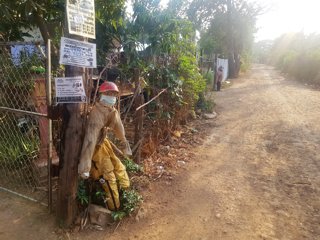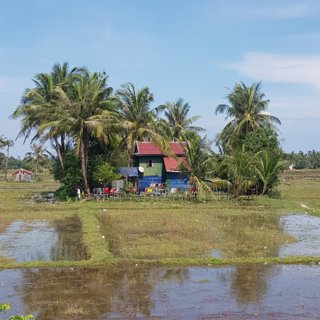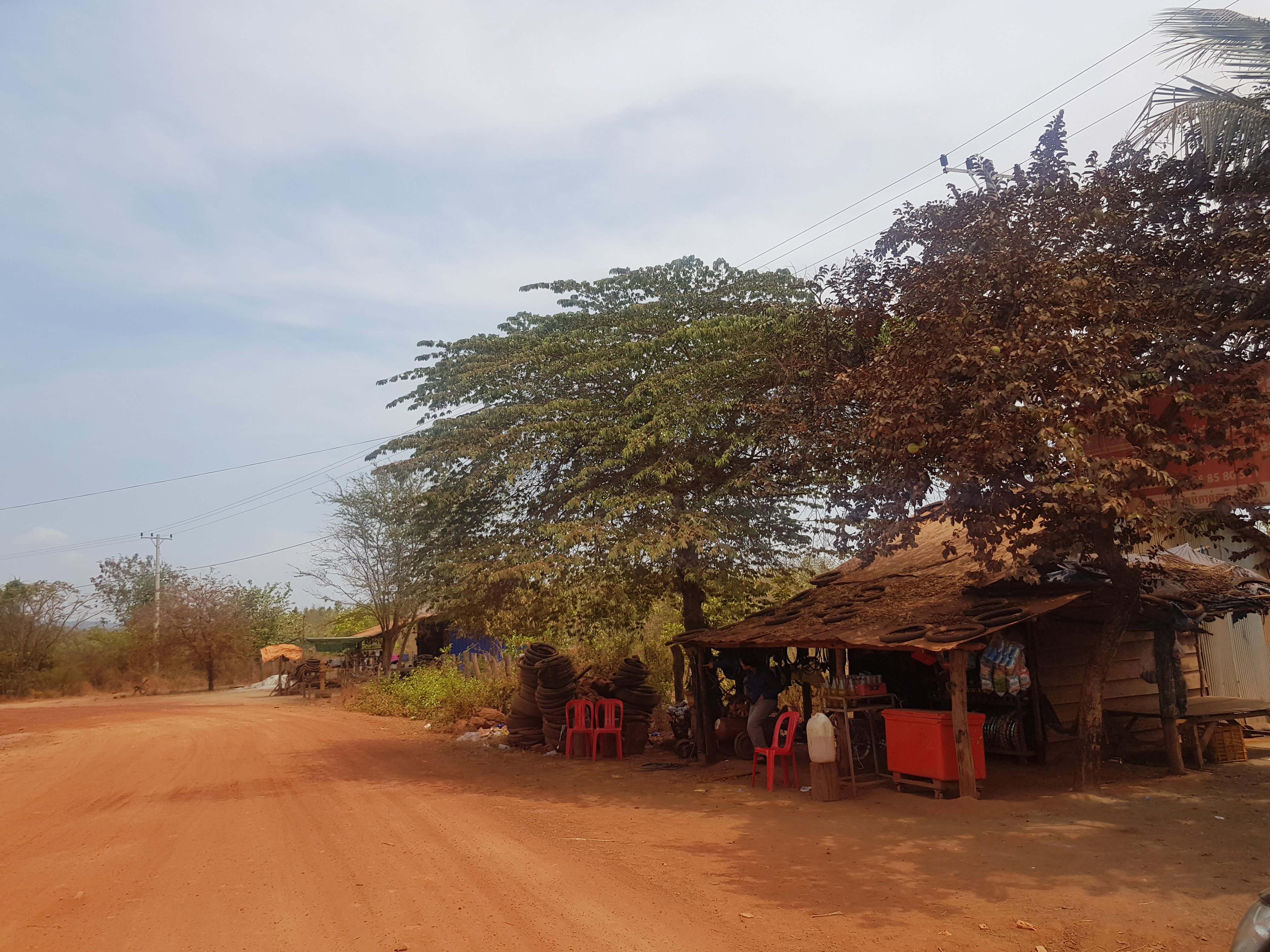There is increasing understanding that mobility under climate change is shaped by contextual and subjective factors, meaning that measuring individual perceptions of climate change could be a more useful means to establish the relationship between climate change and migration than previously thought. Dr Laurie Parsons’ research aims to examine the factors that structure the perception of climate change and examine how situated climate perceptions shape responses to the changing climate. We caught up with Laurie to find out more about his recent work.
What was the background and wider content of your research?
This research project aimed to explore the subjective dimensions of climate change in Cambodia. It sought to understand differences in how people perceive climate change, as a means to understand differential levels of vulnerability and resilience. Focused on one of the world’s most vulnerable countries to climate change, this project undertook a nationwide survey of climate change perception in order to explore the factors that shape these differences in exposure to the changing climate.
What questions did you set out to answer and how?
The project set out to explain the huge differences between different people’s experience of the changing climate. Rather than critiquing their difference from scientific climate data, this project has been directed towards the reasons for that divergence. As such it asked: 1) who is most likely to perceive climate change and who least likely; 2) which geographic and which social factors shape this differential perception; and 3) how do geographic and social factors interact to shape exposure to climate change?

“Ting Mong” scarecrows to ward off COVID-19 in Battambang province. Traditionally known as “the breadbasket of Cambodia”, this area is increasingly vulnerable to droughts and floods, leading to widespread migration to Thailand for work.
What were the key issues surrounding the impact and experience of climate change you found during your research?
Research analysis is still underway. However, key initial findings point to a huge diversity of perception, orthogonal to geographic differences in climate. In particular, livelihoods and occupation emerge as key determinants of people’s perception of climate change, which raises the possibility of an economic geography of climate change impacts that cross cuts the traditional geographic landscape. In addition, by giving participants the opportunity to describe climate change in their own words, we began to construct a picture of climate change impacts as rooted in subjective values and perceptions: one shaped by social, cultural and economic inequalities as well as changes in atmospheric temperature.

Kampot province: Despite its coastal climate, the predominance of rice paddy leaves residents vulnerable to drought.
What examples of climate action and adaptation did you find?
Everybody adapts to climate change in their own way. Adaptation does not have to be a formal process or a clear break from past behaviour. So in the course of this project, we found a great many examples of adaptation and a great many different ways in which people think about their responses to the climate.
Farmers switching to different, faster growing seeds is one of the more widely observed examples, reflecting the unpredictability of rainfall and the need to respond quickly to it when it comes.
Yet other strategies were equally important: garment workers sending more money back to their rural families, older household members taking on greater childcare responsibilities, taxi drivers changing their hours to avoid the heat. Adaptation in practice takes the form of millions of small-scale logical responses like these to the environment and its impacts.

Mondulkiri province: This verdant landscape is nevertheless highly vulnerable to changing rainfall patterns due to a dependency on smallholder agriculture.
What are the main findings of your research to date?
We’re still in the process of exploring the very large qualitative and quantitative datasets that we generated in the course of this project, but if there is one overarching finding it is that there is no geography of climate change impacts without social, economic and cultural geographies. There are a range of different axes along which this point emerges, but a key issue moving forward will be representation. If we are to better understand the complex geography of climate change impacts, then we need to find ways of making that geography accessible and useful to planners, not just a point of theoretical discussion.
Do you have a highlight from your fieldwork?
There was so many highlights from the privilege of doing fieldwork at a very difficult time for researchers and the world more generally. I’m not sure it’s possible to pick just one, but the warmth and humour of people in Mondulkiri, a mountainous area in the Northeast of Cambodia which I had never previously visited in 17 years of knowing the country, undoubtedly stand out. Ultimately, separating out a single experience would not be the right thing to do though. So much research needs to be carried out at a distance these days that the biggest privilege is having the chance to participate fully in the development of an idea on the ground, observing when you are wrong and when you’re right and reshaping your ideas in response.
What did you take away from your fieldwork and how will you use this going forward?
We have a number of plans moving forward, including working with IOs and NGOs to integrate these findings into policy. I am to return as soon as possible to help communicate these ideas and put them into practice. On a scholarly level this work will also be a lynchpin of my book with the RGS-IBG book series Climate Control, so for a full and in depth discussion of what we found, watch this space!
Laurie’s research was supported by the Deutsche Post-Stiftung and SUN Institute Environment and Sustainability through an Environment and Sustainability Research Grant. Find out more about the full range of grants available to support early-career and senior researchers with their fieldwork.


